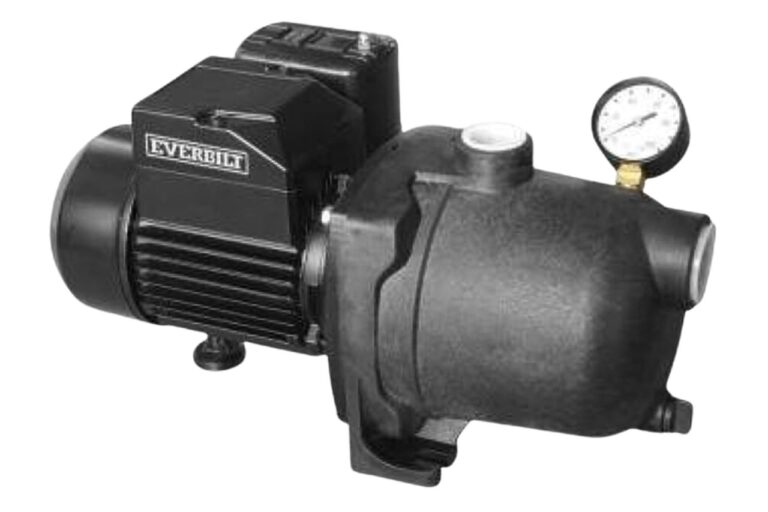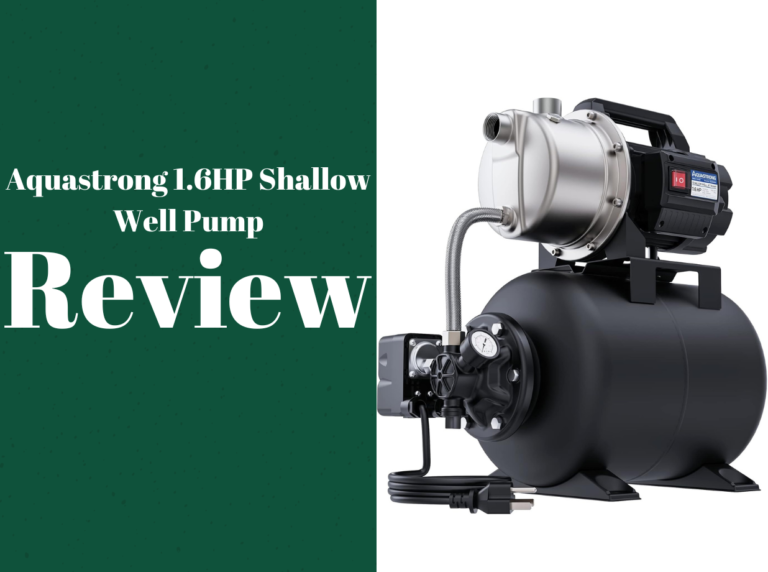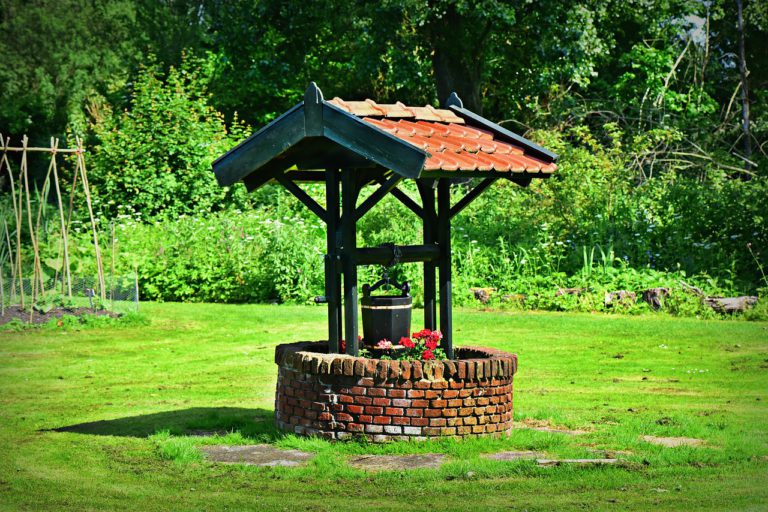The Impact of Well Booster Pumps on Your System
Boost your water system’s performance and improve your overall water experience with well booster pumps. These powerful pumps optimize flow and enhance water pressure, ensuring a steady and reliable water supply. From efficient showers and faucets to improved irrigation systems and fire protection, well booster pumps offer numerous benefits that can transform your daily life. Discover the secrets behind these popular pumps and unlock the potential to create a high-performing water system. Say goodbye to weak water pressure and welcome a new level of efficiency and convenience.
Understanding the need for well booster pumps
Water is an essential resource in our daily lives, and having a reliable and efficient water system is crucial. However, many properties suffer from weak water pressure, which can be frustrating and inconvenient. This is where well booster pumps come into play. These pumps are specifically designed to increase water pressure and optimize flow, ensuring a consistent and powerful water supply.
Well booster pumps work by drawing water from a well or other water source and boosting its pressure before it reaches your faucets, showers, or other water outlets. They use advanced technology and powerful motors to increase water pressure, allowing for a more efficient and enjoyable water experience. Whether you are washing dishes, taking a shower, or watering your plants, well booster pumps can provide the pressure you need for a seamless and hassle-free process.
Installing a well booster pump can transform your water system by eliminating low water pressure issues. With increased water pressure, you can enjoy more powerful showers, faster filling of bathtubs, and improved performance of appliances such as washing machines and dishwashers. Additionally, well booster pumps can enhance irrigation systems, ensuring adequate water supply for your plants and lawns. They can also be a crucial component in fire protection systems, providing the necessary pressure to extinguish fires effectively.
Investing in a well booster pump is a wise decision if you are looking to improve your water system’s performance and enhance your overall water experience. With their ability to increase water pressure and optimize flow, well booster pumps can make a noticeable difference in your daily life.
Benefits of using well booster pumps

Using well booster pumps offers a myriad of benefits that can greatly enhance your water system’s performance.
Let’s explore some of the key advantages of incorporating these pumps into your property:
- Increased water pressure: The primary benefit of well booster pumps is their ability to boost water pressure. Weak water pressure can be frustrating, leading to slow filling of bathtubs, inadequate shower pressure, and inefficient appliance performance. Well booster pumps solve these issues by increasing water pressure, ensuring a steady and powerful flow throughout your property.
- Improved water flow: In addition to increasing water pressure, well booster pumps optimize water flow. They eliminate inconsistencies and fluctuations in water flow, providing a smooth and uninterrupted supply. This is particularly beneficial for properties with multiple water outlets, as well booster pumps ensure that each outlet receives an adequate and consistent flow.
- Enhanced irrigation systems: Well booster pumps are highly effective in improving irrigation systems. They provide the necessary pressure to ensure proper watering of plants and lawns, even in large outdoor spaces. With a well booster pump, you can achieve a healthy and vibrant landscape without worrying about inadequate water supply.
- Efficient fire protection: Well booster pumps play a crucial role in fire protection systems. They provide the necessary pressure to effectively extinguish fires, ensuring the safety of your property and its occupants. With a well booster pump, you can have peace of mind knowing that your fire protection system is capable of performing its intended function.
- Convenience and reliability: By investing in a well booster pump, you can enjoy the convenience of a reliable and efficient water system. No more dealing with weak water pressure or inconsistent flow. Well booster pumps ensure that you have a steady and powerful water supply whenever you need it, making your everyday tasks easier and more enjoyable.
Factors to consider when choosing a well booster pump

When it comes to choosing a well booster pump, there are several factors to consider to ensure that you select the right pump for your specific needs. Let’s explore these factors in detail:
- Water demand: The first factor to consider is the water demand of your property. Determine the number of water outlets and appliances that will be using water simultaneously. This will help you determine the flow rate and pressure requirements of the well booster pump you need.
- Water source: Consider the water, whether it be a well, a municipal supply, or another source. Different well booster pumps are designed to work with specific water sources, so it’s important to choose a pump that is compatible with your water source.
- Pump capacity: The capacity of the well booster pump is another important factor to consider. It determines how much water the pump can deliver within a given time frame. Choose a pump with a capacity that meets your property’s water demand to ensure optimal performance.
- Energy efficiency: Energy efficiency is a crucial consideration, as it can have a significant impact on your energy bills. Look for well booster pumps that are designed to be energy-efficient, with features such as variable speed motors and intelligent control systems that optimize energy usage.
- Noise level: Well booster pumps can produce noise during operation, so it’s important to consider the noise level of the pump you choose. Look for pumps that are designed to minimize noise, ensuring a quieter and more peaceful environment.
- Installation requirements: Consider the installation requirements of the well booster pump. Some pumps may require professional installation, while others can be easily installed by homeowners. Determine if you have the necessary skills and tools to install the pump yourself or if you need professional assistance.
By considering these factors, you can choose a well booster pump that meets your specific requirements and ensures optimal performance for your water system.
Installation and maintenance of well booster pumps

Installing a well booster pump requires careful planning and proper execution to ensure optimal performance.
Here are the steps to follow for a successful installation:
- Evaluate your water system: Before installing a well booster pump, evaluate your water system to determine the best location for the pump. Consider factors such as accessibility, noise, and space requirements. Identify a suitable location where the pump can be easily accessed for maintenance and repairs.
- Prepare the installation site: Clear the installation site of any obstructions and ensure that it is clean and level. This will provide a stable foundation for the well booster pump and prevent any potential issues during operation.
- Connect the pump: Connect the well booster pump to the water source, ensuring that all connections are secure and leak-free. Follow the manufacturer’s instructions for proper connection and use appropriate fittings and seals.
- Install a pressure tank: In some cases, it may be necessary to install a pressure tank along with the well booster pump. The pressure tank helps regulate water pressure and reduce pump cycling, ensuring a more efficient and reliable water system.
- Electrical connection: Connect the well booster pump to a suitable power source, following all electrical safety guidelines. Ensure that the electrical connection is properly grounded and that the pump is protected by a circuit breaker or fuse.
- Test the system: Once the installation is complete, test the well booster pump system to ensure that it is functioning properly. Check for any leaks, irregularities in water pressure, or other issues. Make any necessary adjustments or repairs before putting the system into regular operation. To maintain the optimal performance of your well booster pump, regular maintenance is essential. Here are some maintenance tasks to keep in mind:
- Inspect regularly: Regularly inspect the well booster pump for any signs of damage, leaks, or wear. Look for loose connections, worn-out seals, or any other issues that may affect performance. Address any problems promptly to prevent further damage.
- Clean the pump: Keep the pump clean and free from debris. Regularly remove any dirt or debris that may accumulate on the pump or in the surrounding area. This will help prevent clogs and ensure that the pump operates smoothly.
- Check pressure settings: Periodically check the pressure settings of the well booster pump. Ensure that the pressure is set to the appropriate level for your water system. Adjust the pressure settings if necessary, following the manufacturer’s instructions.
- Replace worn-out parts: Over time, certain parts of the well booster pump may wear out and require replacement. This may include seals, gaskets, or other components. Regularly inspect these parts and replace them as needed to maintain optimal performance.
By following these installation and maintenance guidelines, you can ensure that your well booster pump operates at its best and provides reliable and efficient performance for your water system.
Case studies: Real-life examples of improved system performance with well booster pumps
To understand the real impact of well booster pumps, let’s explore some real-life case studies where these pumps have significantly improved system performance:
- Residential property: A family was struggling with weak water pressure in their home, resulting in inefficient showers and a frustrating water experience. After installing a well booster pump, they noticed a significant improvement in water pressure. Showers became more powerful and enjoyable, and appliances such as washing machines and dishwashers performed better. The family now enjoys a consistent and reliable water supply throughout their home.
- Commercial building: A commercial building was experiencing low water pressure on multiple floors, causing inconvenience for tenants, and impacting business operations. The building management decided to install well booster pumps to address this issue. With the pumps in place, water pressure on all floors improved significantly, leading to happier tenants and smoother business operations.
- Irrigation system: A homeowner had a large outdoor space with an extensive irrigation system. However, due to inadequate water pressure, the irrigation system was not performing optimally, resulting in dry patches and unhealthy plants. By installing a well booster pump, the homeowner was able to ensure adequate water pressure for the irrigation system. The plants and lawns flourished, and the homeowner achieved the lush and vibrant landscape they had always desired.
These case studies highlight the transformative impact of well booster pumps on system performance. Whether it’s a residential property, a commercial building, or an irrigation system, well booster pumps have the potential to revolutionize water systems and provide a reliable and efficient water supply.
Troubleshooting common issues with well booster pumps

While well booster pumps are designed to provide reliable performance, occasional issues may arise. Here are some common issues you may encounter with well booster pumps and their possible solutions:
- Low water pressure: If you notice a decrease in water pressure, check for any leaks in the system. Leaks can cause a drop in pressure and should be addressed promptly. Additionally, ensure that the pressure settings of the well booster pump are properly adjusted.
- Noisy operation: Well booster pumps can produce noise during operation, but excessive noise may indicate an issue. Check for any loose or worn-out parts that may be causing the noise. Tighten or replace these parts as needed. Additionally, make sure that the pump is properly secured and isolated to minimize noise.
- Frequent cycling: If the well booster pump is cycling on and off frequently, it may indicate a problem with the pressure tank or pressure switch. Check these components for any issues and make any necessary repairs or replacements.
- Inadequate flow: If you are experiencing inadequate water flow, check for any clogs or obstructions in the system. Clean or remove any debris that may be blocking the flow. Additionally, ensure that the well booster pump is properly sized for your water demand.
If you encounter any issues with your well booster pump that you are unable to resolve, it is recommended to seek professional assistance. A qualified technician can diagnose and address any complex problems to ensure optimal performance of your water system.
Upgrading your well booster pump system
If you already have a well booster pump system in place but are looking to upgrade or improve its performance, there are several options to consider:
- Upgrade the pump: If your current well booster pump is outdated or no longer meets your water demand, consider upgrading to a more powerful and efficient pump. Newer pump models often come with advanced features and technology that can significantly enhance system performance.
- Add a variable speed drive: Installing a variable speed drive (VSD) in your well booster pump system can provide additional benefits. VSDs allow for precise control of pump speed, optimizing energy usage and reducing wear on the pump. This can result in improved performance and energy savings.
- Integrate smart controls: Smart control systems can further enhance the performance of your well booster pump system. These systems use advanced algorithms to monitor and adjust pump operation based on water demand, ensuring optimal performance at all times. Smart controls can also provide real-time data and insights on system performance, allowing for proactive maintenance and troubleshooting.
Before upgrading your well booster pump system, assess your specific needs and consult with a professional to determine the best course of action. They can help you select the right pump and additional components to achieve your desired performance and efficiency goals.
Comparing different types of well booster pumps

When choosing a well booster pump, it’s important to understand the different types available and their respective advantages. Here are some common types of well booster pumps:
- Centrifugal pumps: Centrifugal pumps are the most common type of well booster pump. They work by using centrifugal force to increase water pressure. Centrifugal pumps are reliable, efficient, and suitable for a wide range of applications.
- Submersible pumps: Submersible pumps are designed to be submerged in a water source, such as a well. They are highly efficient and can provide high water pressure. Submersible pumps are often used in deep wells or applications where space is limited.
- Jet pumps: Jet pumps are versatile pumps that can be used for both shallow and deep wells. They work by creating a vacuum that draws water from the source. Jet pumps are cost-effective and easy to install, making them a popular choice for residential applications.
- Booster systems: Booster systems consist of multiple pumps working together to increase water pressure. They are ideal for properties with high water demand or complex water systems.
Key Takeaways:
- Well booster pumps optimize flow and enhance water pressure, ensuring a steady and reliable water supply.
- Benefits of using well booster pumps include increased water pressure, improved water flow, enhanced irrigation systems, efficient fire protection, convenience, and reliability.
- Proper installation and maintenance are essential for optimal performance of well booster pumps.
- Common issues with well booster pumps include low water pressure, noisy operation, frequent cycling, and inadequate flow, which can be resolved through troubleshooting and professional assistance if needed.
- Different types of well booster pumps include centrifugal pumps, submersible pumps, jet pumps, and booster systems, each with their own advantages and suitability for different applications.
- When choosing a well booster pump, consider factors such as water flow rate, pressure requirements, pump type, energy efficiency, durability, and maintenance requirements, and consult with a professional for guidance.




